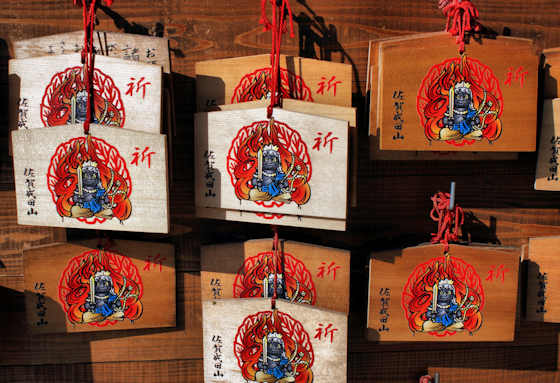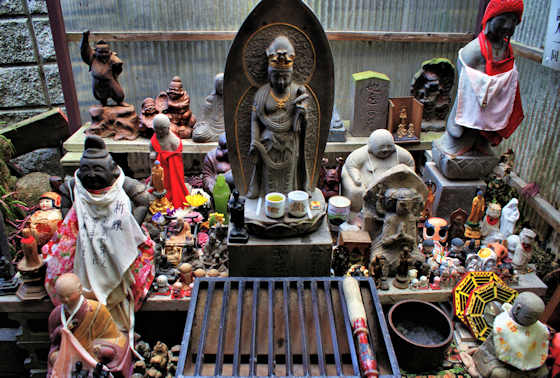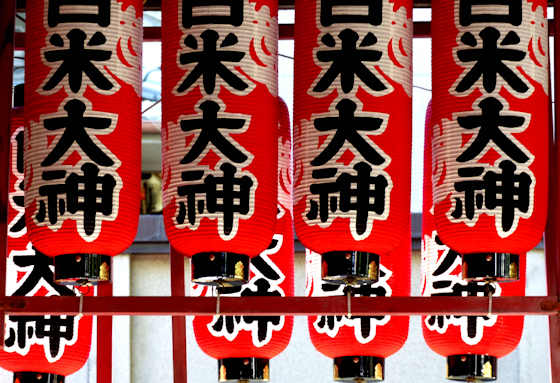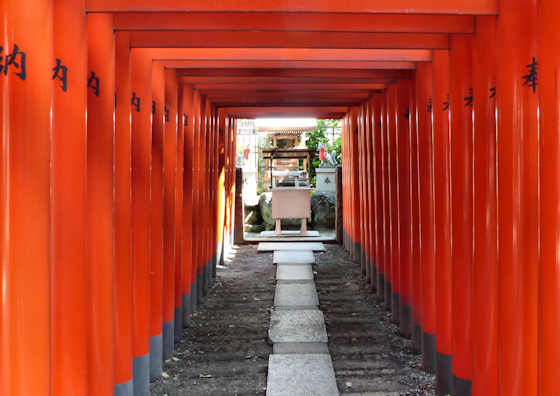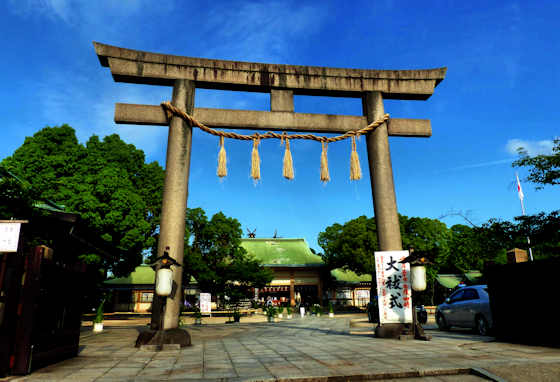Koinoki Shrine
Koinnoki Shrine is within the grounds of
Mizuta Tenmangu Shrine in southern Fukuoka and is distinctive for being painted pink.
There are also a plethora of hearts around the shrine so you would perhaps not be surprised that the shrine advertises itself as a Love Shrine.
Probably the original shrine that took the name "Love Shrine" is the small one in Kyoto next to Kiyomizu Temple. It enshrines Okuninushi who, since the Edo period, became known as the kami to pray to for success in finding a spouse or lover. However , here at
Mizuta Tenmangu it is not Okuninsuhi who is enshrined but Koinoki no mikoto, the only shrine in the country to this "god of love"
The shrine is very popular, especially for young females, and there are many things they can spend their money on including this heart-shaped ema, votive plaques, as well as omamori, amulets, and omikuji, fortunes, all guaranteed to have a love theme.
As well as the pink color scheme, other decorations have been added to the shrine to appeal to the target demographic. I quite liked the semi-abstract dosojin statue.
There was also a
Meoto Iwa, or "married couple rocks". Usually, these are naturally occurring pairs of rocks, often on the shore, with a shimenawa connecting them. Here I suspect the rocks were purposefully arranged. There were also hearts found all over the place.
I can find no information about the kami Koinoki no mikoto. I strongly suspect that it was simply the name for a local kami and because of the idiosyncrasies of the Japanese language the Chinese character representing"koi" was changed to the one that reads as "love". This kind of redefining of words is fairly common, perhaps the most well-known example being "Karate". Originally kara was written using the character meaning China, but this was rewritten by the Meiji government to the character for "empty hand", thereby obscuring the Chinese origin of the martial art.























